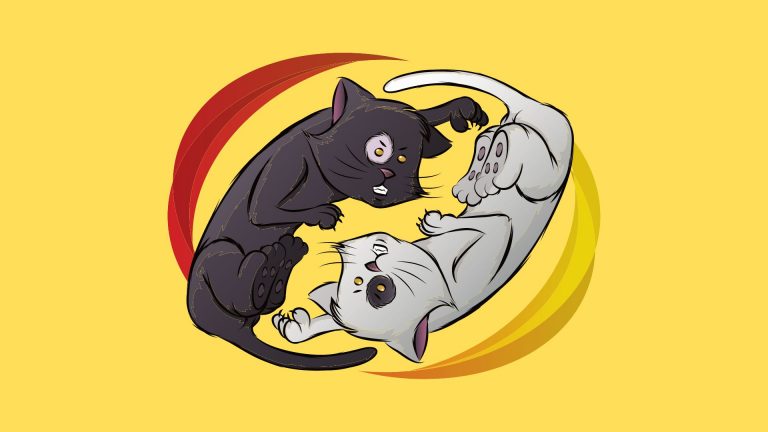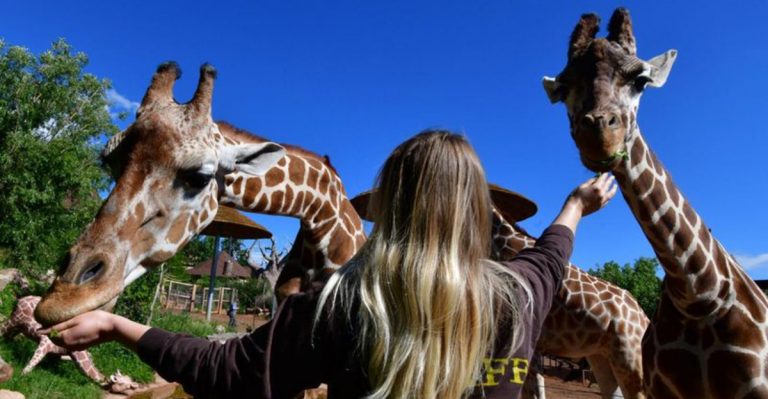12 Giant American Animals That Are Gone Forever
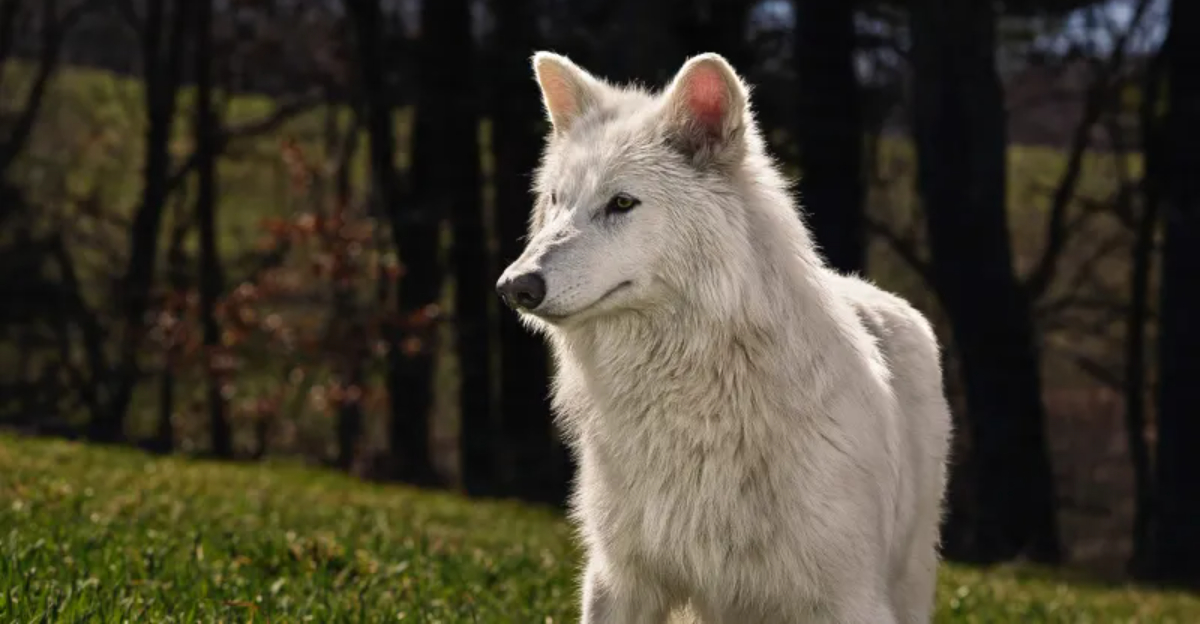
America once teemed with enormous creatures that now exist only in museums and our imagination. From towering mammals to fearsome predators, these giants ruled the landscape for thousands of years.
Their disappearance changed our ecosystems forever, leaving us to wonder what our world would look like if these magnificent beasts still roamed the continent.
1. Mammoth
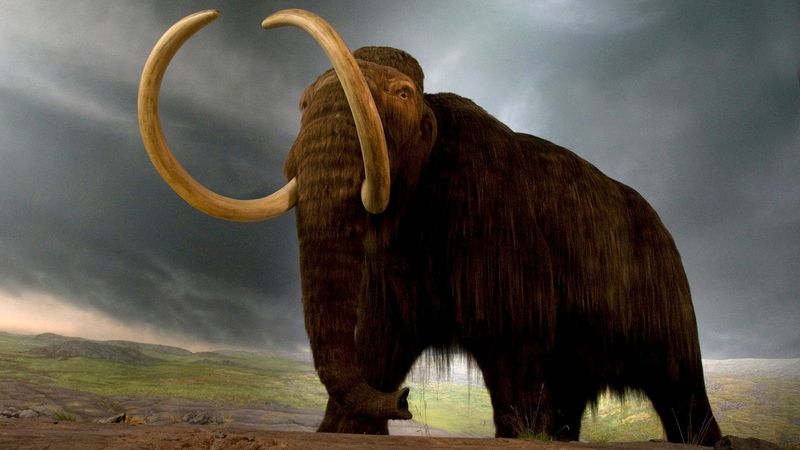
Shaggy giants of the Ice Age, mammoths wandered across North America’s frozen plains with their impressive curved tusks reaching up to 15 feet long. Their thick woolly coats protected them from brutal cold that would kill most modern animals.
Though related to today’s elephants, mammoths were perfectly adapted to harsh winter conditions. Scientists have found preserved specimens so intact that their stomach contents still reveal their last meals.
2. Sabre-Toothed Cat
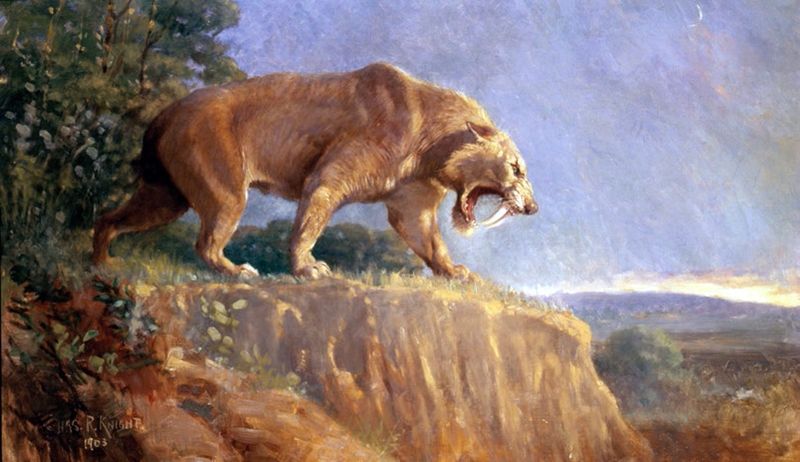
Armed with dagger-like fangs extending from their upper jaws, sabre-toothed cats were among America’s most fearsome prehistoric predators. Unlike modern big cats, these hunters relied on immense upper body strength rather than speed to take down prey.
Their iconic teeth could grow up to 7 inches long. Many complete skeletons have been discovered in the La Brea Tar Pits, where these cats became trapped while hunting other animals that had fallen into the sticky asphalt.
3. Glyptodon
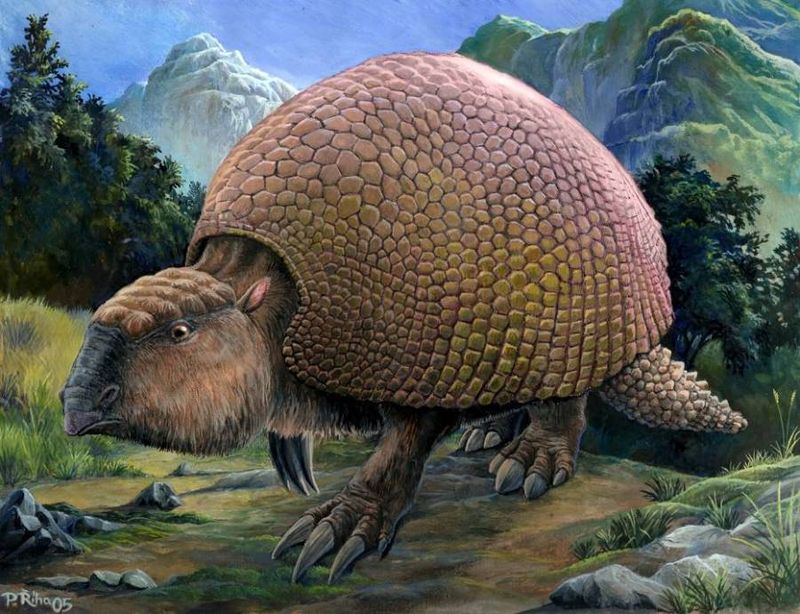
Resembling a Volkswagen-sized armadillo, the glyptodon carried a massive domed shell made of interlocking bony plates. Early humans may have used these shells as shelters after hunting the gentle plant-eaters.
Their heavy armor protected them from most predators, but made them slow-moving targets for human hunters. Unlike modern armadillos, glyptodons couldn’t curl into balls – their shells were rigid fortresses that covered nearly their entire bodies.
4. American Lion
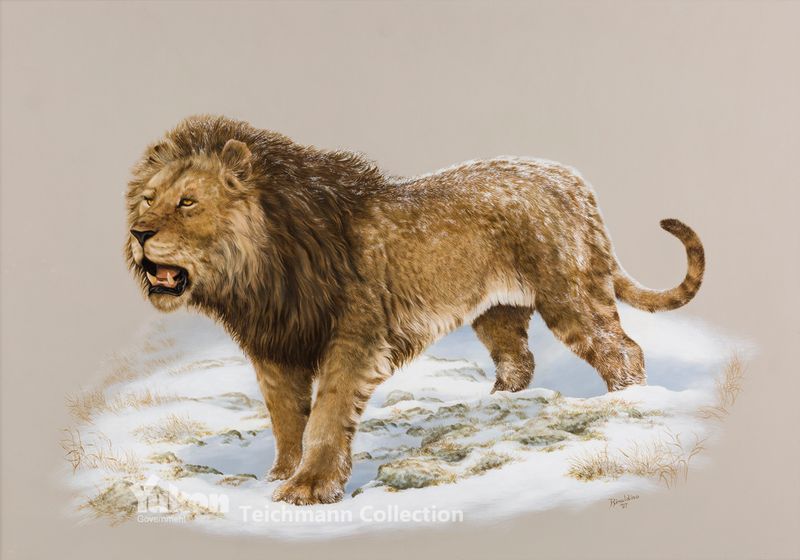
Ruling the ancient American plains, these massive cats outweighed today’s African lions by hundreds of pounds. Their powerful builds allowed them to take down bison, young mammoths, and other megafauna that no modern predator could handle.
Fossil evidence suggests they hunted in prides like modern lions. Cave paintings created by early humans show these magnificent beasts were both feared and revered, suggesting they held cultural significance for America’s first people.
5. Giant Ground Sloth
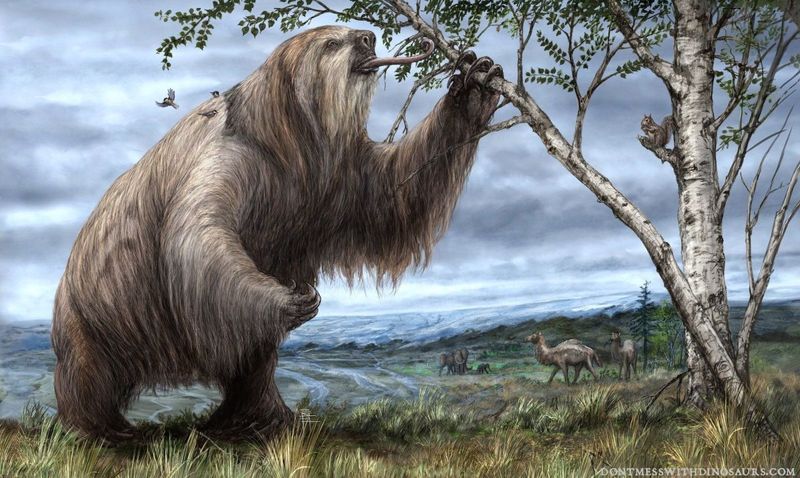
Standing upright on powerful hind legs, giant ground sloths could reach heights of 20 feet – tall enough to browse tree canopies that even giraffes couldn’t reach. Despite their intimidating size, these gentle giants were strict vegetarians.
Their massive claws, measuring up to 8 inches long, were used primarily for pulling down branches and digging. Unlike their modern tree-dwelling relatives who move at famously slow speeds, these ground-based ancestors could walk on two legs when reaching for food.
6. Short-Faced Bear
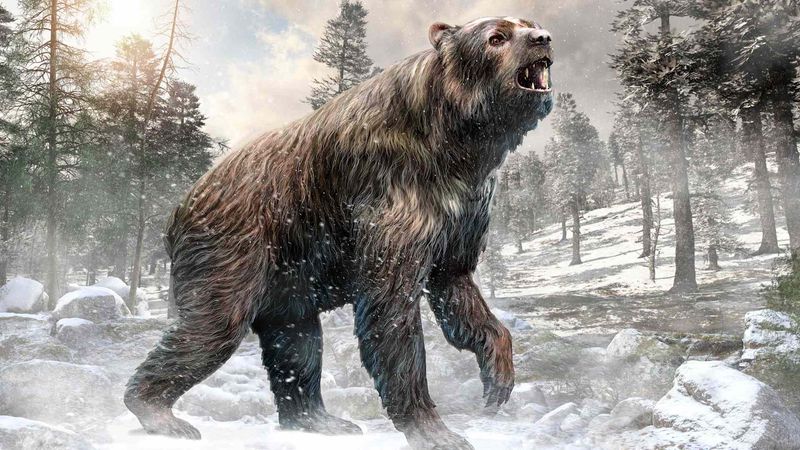
North America’s most terrifying predator stood 12 feet tall on its hind legs, dwarfing even today’s largest grizzlies. Its long limbs allowed it to sprint at speeds approaching 40 mph – fast enough to run down most prey animals.
The short-faced bear’s jaws could crush bones with ease. Unlike modern bears that are mostly omnivorous, fossil evidence suggests these giants were primarily meat-eaters, actively hunting rather than scavenging their impressive meals.
7. Dire Wolf
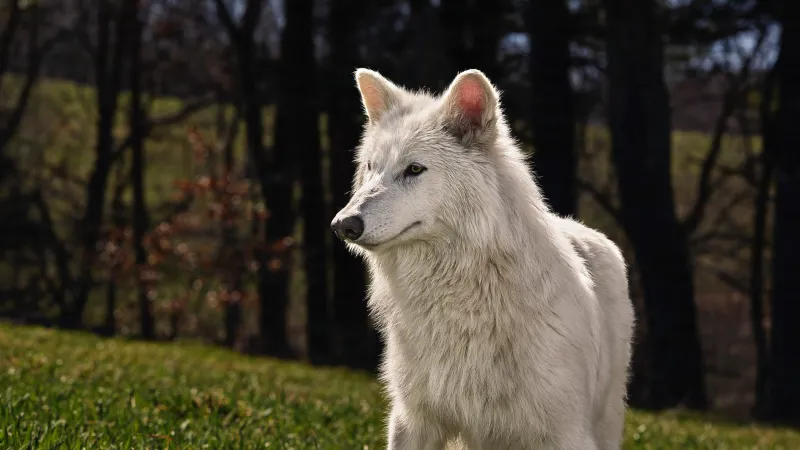
Forget what you’ve seen in fantasy shows – real dire wolves were stockier and more powerful than any modern wolf. Their massive jaws could deliver bone-crushing bites with nearly twice the force of today’s gray wolves.
Hunting in coordinated packs, dire wolves specialized in taking down large prey that no single predator could handle alone. Over 4,000 dire wolf skeletons have been recovered from the La Brea Tar Pits, showing they were once abundant across North America.
8. Mastodon
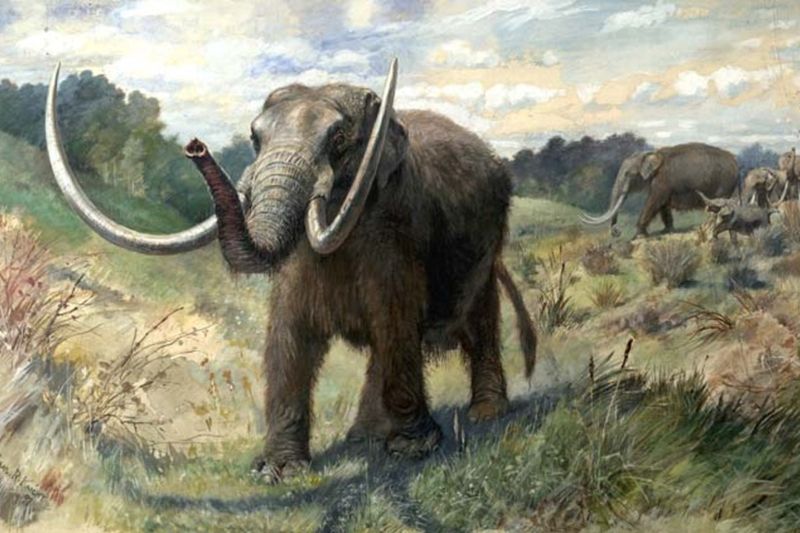
Often confused with mammoths, mastodons were stockier forest-dwellers with straighter tusks and different dietary habits. Their teeth had distinctive cone-shaped cusps perfect for stripping bark and crushing woody plants.
Archaeological evidence shows early humans hunted these forest giants. Some mastodon remains have been found with spear points embedded in their bones. Unlike mammoths that preferred open grasslands, mastodons thrived in the dense forests that covered much of prehistoric North America.
9. North American Camel
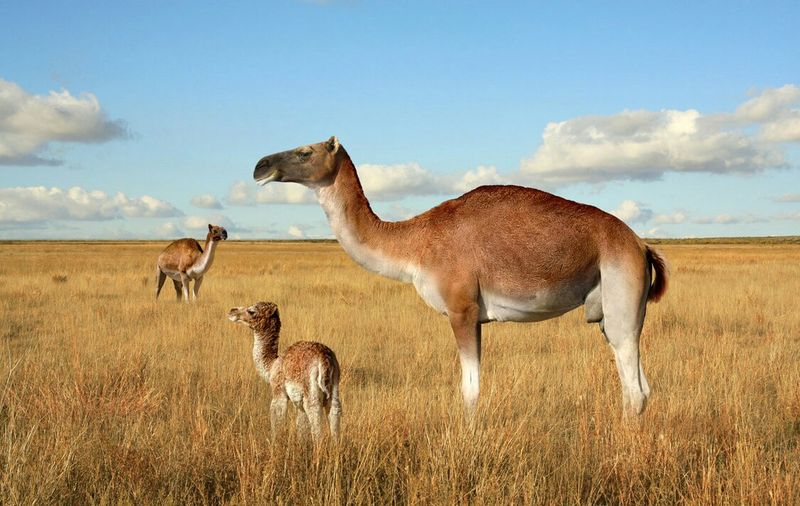
Surprisingly, camels evolved in North America before spreading to other continents. These native camels were taller than modern dromedaries, with longer legs adapted for speed rather than desert travel.
They roamed the grasslands in large herds, using their height advantage to spot predators. While modern camels are famous for desert adaptations, their American ancestors evolved in more temperate environments, developing specialized teeth for grazing on the abundant grasses of prehistoric North America.
10. Giant Beaver
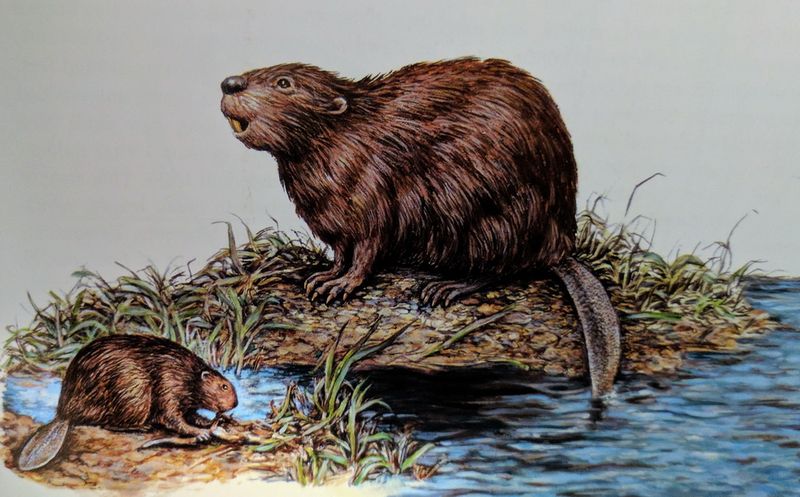
Weighing as much as a black bear, giant beavers created massive dams that transformed entire ecosystems. Unlike modern beavers, these supersized rodents had front teeth that could grow to over 6 inches long.
Their enormous incisors lacked the chisel-like edge seen in today’s beavers. This suggests they may have used different feeding strategies, possibly eating softer aquatic plants rather than gnawing through trees. Some specimens discovered were over 7 feet long – larger than many modern wolves.
11. Giant Elk
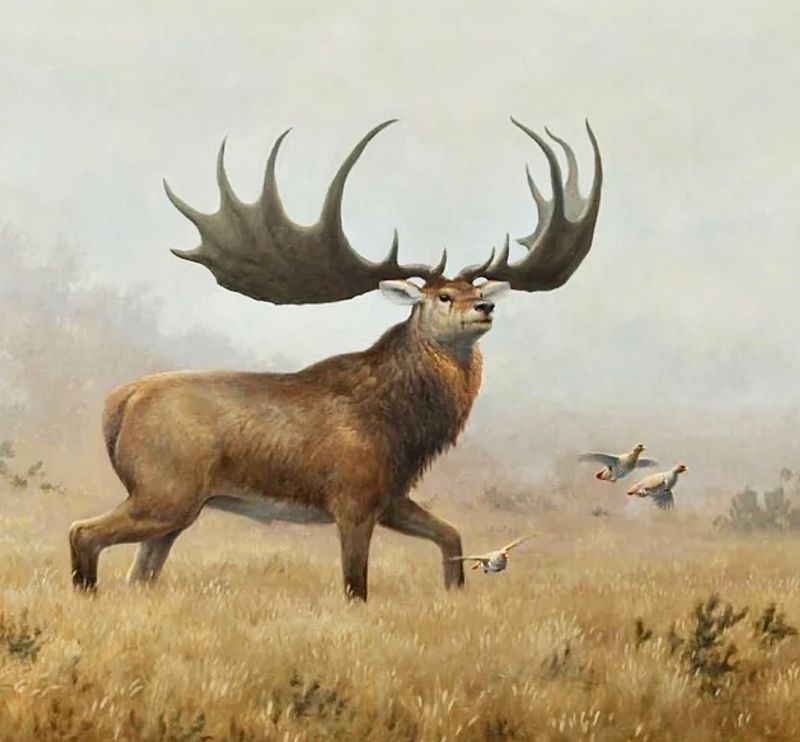
Sporting antlers that spanned up to 12 feet wide, giant elk were walking monuments of evolutionary excess. Males used their massive antlers during mating season to battle rivals and impress females, much like modern deer.
Also known as Irish elk despite originating in America, these magnificent creatures needed special adaptations just to support their headgear. Their neck muscles were extraordinarily developed, allowing them to carry antlers that could weigh up to 90 pounds – heavier than many modern children.
12. Harlan’s Ground Sloth
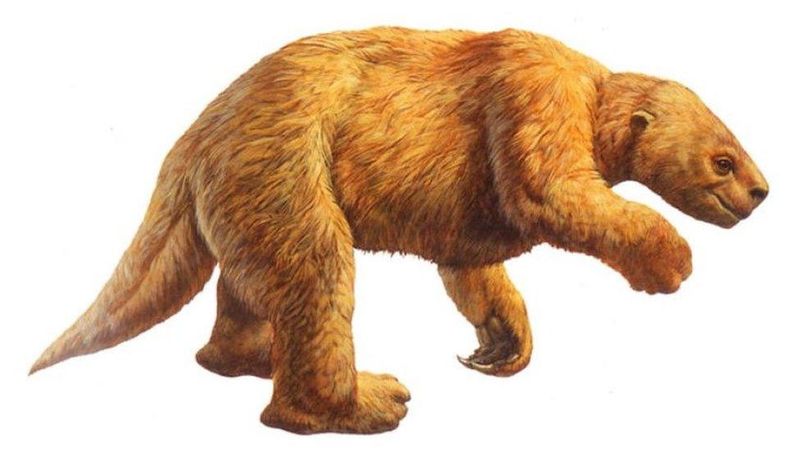
Smaller than its giant cousin but still impressively large, Harlan’s ground sloth roamed the southern United States and Mexico. These 10-foot-long plant-eaters had powerful claws they used primarily for digging up roots and tubers.
Unlike the slow-moving tree sloths of today, these ground-dwellers could walk upright on their hind legs. Fossil evidence shows they had small bony nodules embedded in their skin, creating a type of armor that helped protect them from predators like the American lion and short-faced bear.



